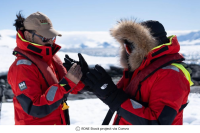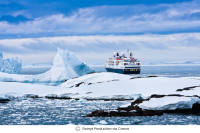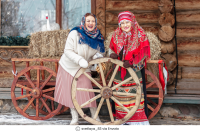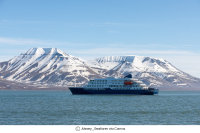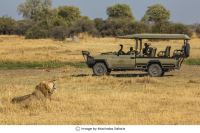-
16 Commonly asked questions about the Arctic Region
The Arctic, the land of polar bears, whales and Northern Lights has fascinated people for centuries. However, despite its popularity, there are still many misconceptions and questions that remain, so we compiled all of them to make a handy guide for you. Read on to know more Here are some commonly asked questions about our top of the world!
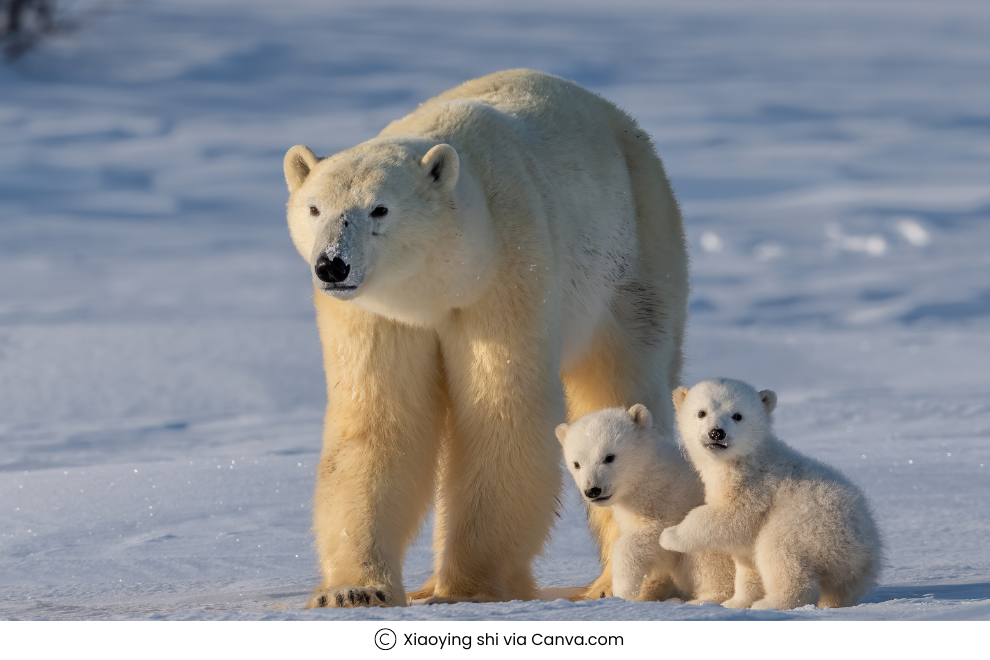
1. Where is the Arctic?
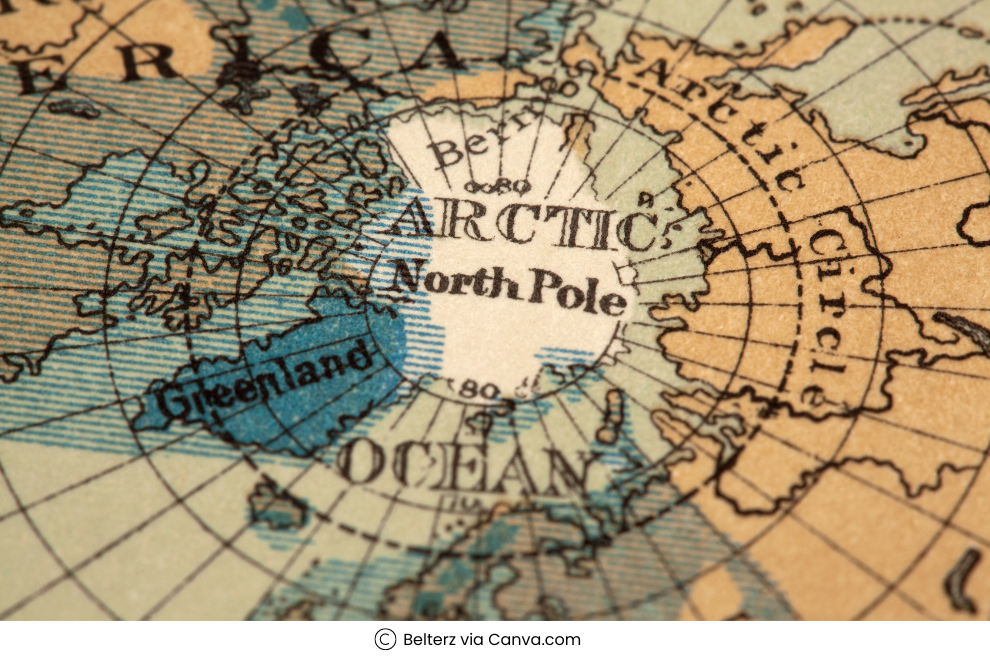
The Arctic is the northernmost region of the Earth (literally top of the world), covering parts of Canada, Denmark, Finland, Iceland, Norway, Russia, Sweden, and the United States (Alaska). It is characterised by its harsh climate and vast stretches of ice and snow.
2. What is the Arctic Circle?
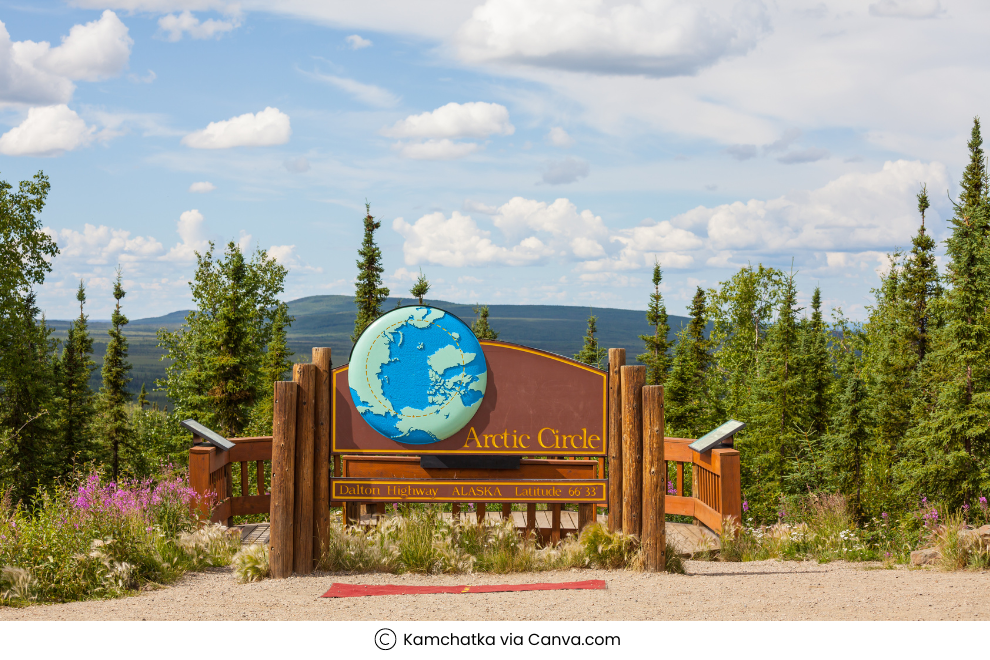
The Arctic Circle is one of the two polar circles, and the most northerly or the top most of the five major circles of latitude as shown on maps of Earth. It separates the Arctic zone in the north from the Northern Temperate Zone. In simpler terms, everything north of the Arctic Circle is the Arctic region.
3. Can people live in the Arctic?
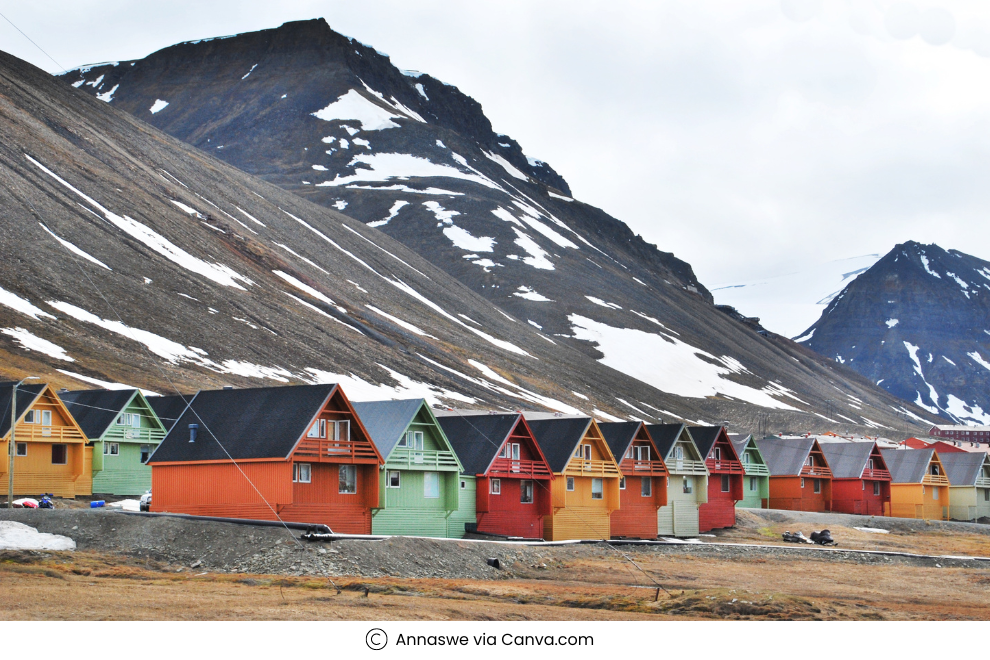
Yes, people have lived in the Arctic for thousands of years. Indigenous peoples, such as the Inuit, have adapted to the harsh Arctic climate and continue to call the Arctic their home. Read more about the tribes that call Arctic home here (link article)
However, currently, there are approximately 4 million inhabitants of the Arctic, and it’s estimated that on average 10% of these are indigenous.
4. How can I get to the Arctic?
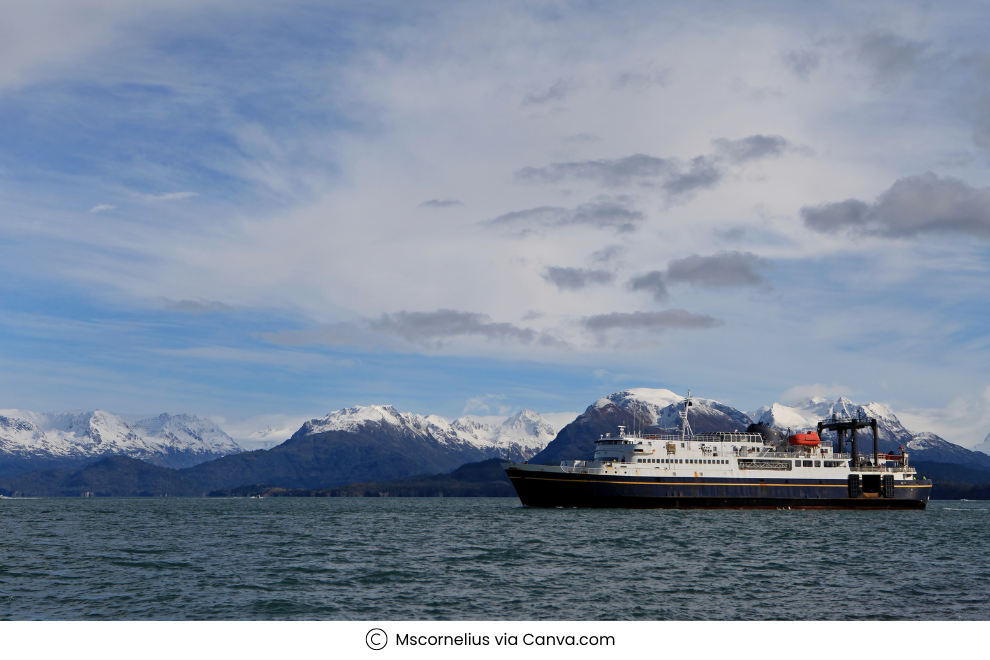
The Arctic can be accessed by a variety of means, depending on where you want to go. Some popular destinations, such as Iceland and Norway, can be easily reached by plane or boat. More remote areas, such as the Arctic Ocean or Svalbard, can only be accessed through specialised tour operators.
5. Do I need a special visa to travel to the Arctic?
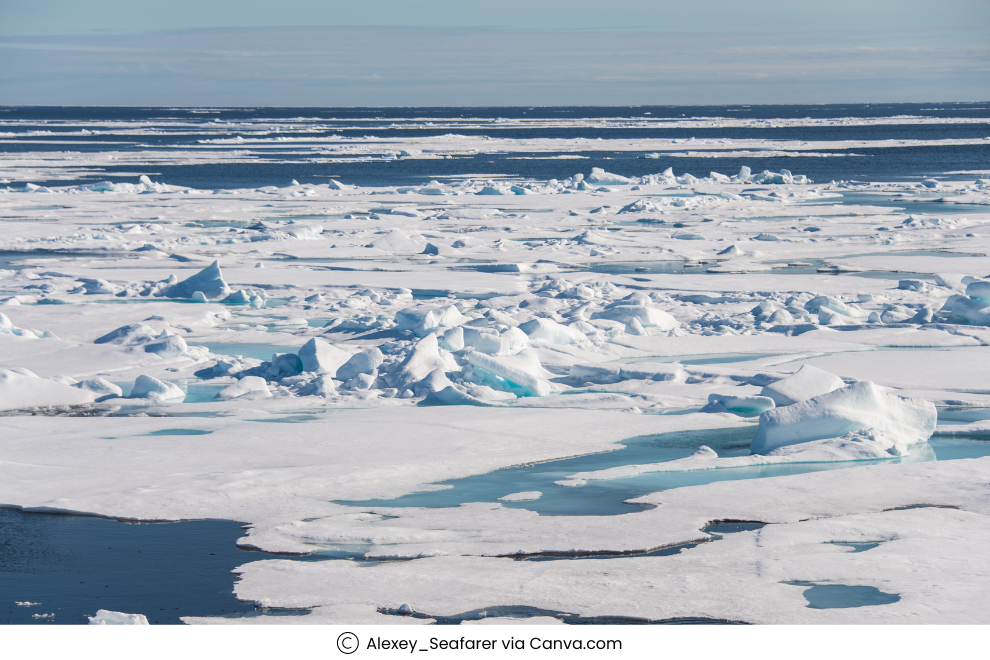
The visa requirements for travelling to the Arctic will depend on your destination from the eight different countries and citizenship. For example, all travellers to Svalbard must register with the Governor of Svalbard, and travellers to the Canadian Arctic must have a valid Canadian visa.
6. When is the best time to visit the Arctic?

The best time to visit the Arctic depends on what you want to see and do. The summer months of June to August offer the longest days and the most opportunities for wildlife viewing and outdoor activities. Winter, on the other hand, is the best time for viewing the Northern Lights and experiencing the Arctic's cold and snowy landscape.
7. What should I pack for an Arctic trip?

When travelling to the Arctic, it is important to pack warm and waterproof clothing, as well as comfortable hiking boots or snow boots. Other essential items include gloves, a hat, sunglasses, and sunblock. Depending on the activity you plan to do, you might also need specialised equipment such as crampons, snowshoes, or a waterproof camera. Do remember to check with your tour operators if they offer them while booking or simply rent them when you reach your destination.
Pro Tip: It’s all about correct layers, read our packing guide to the southern end of the world for inspiration, read more.
8. Is the Arctic covered in ice all year round?
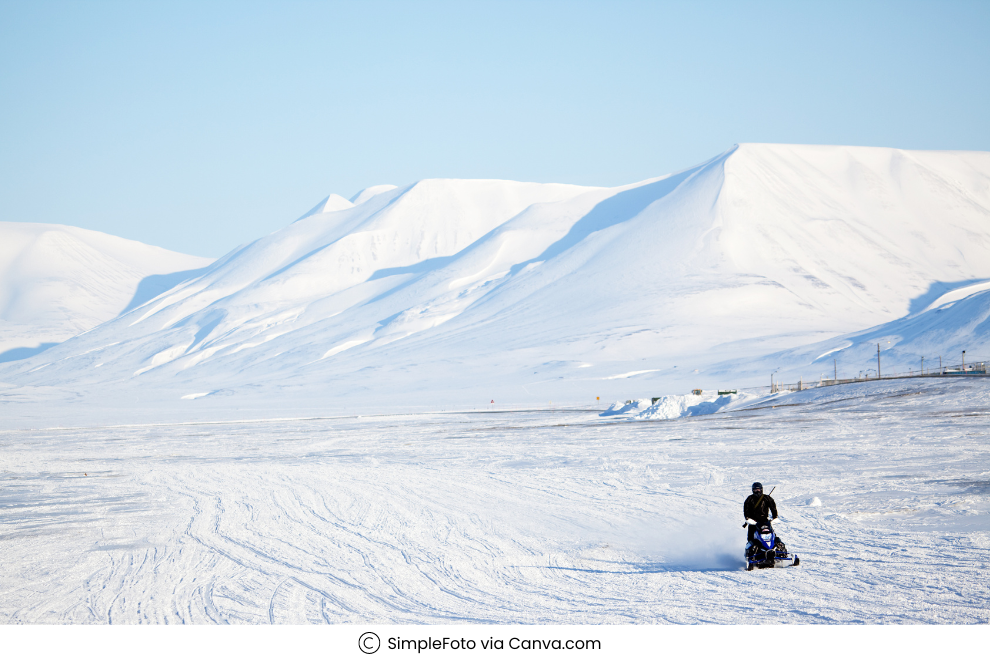
The Arctic is covered in sea ice during the winter months, which typically melts during the summer. However, the extent of sea ice coverage can vary from year to year due to changing climate conditions.
9. Is it always cold in the Arctic?
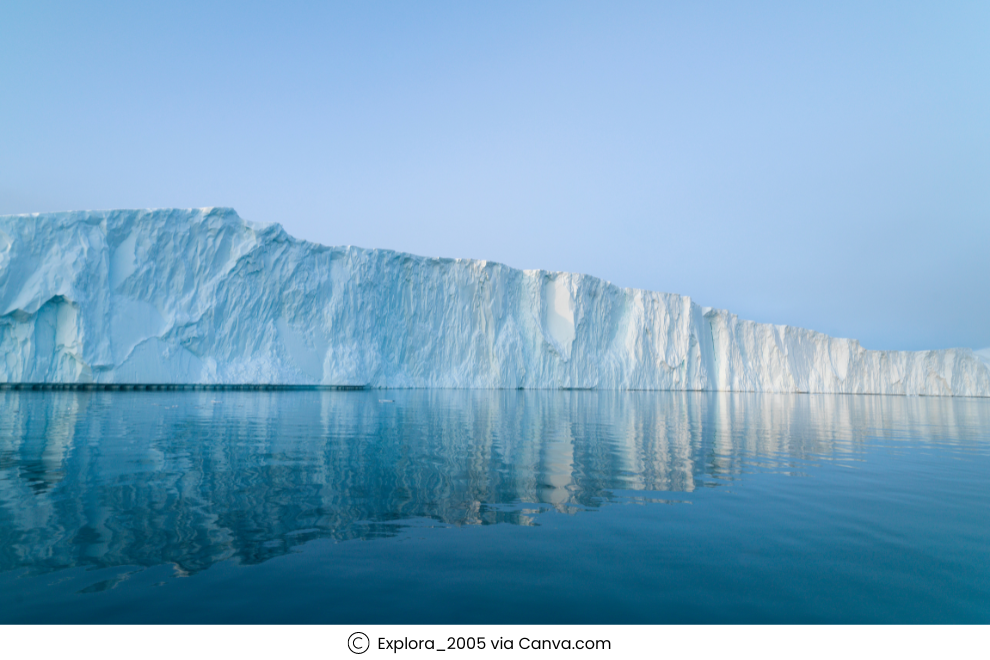
The Arctic has a subarctic climate, which means that it is generally cold and dry. However, summer in the Arctic varies from year to year, and from area to area. Although the temperatures often don’t reach much above 0°C (32°F), they are considerably warmer than in the winter months — which can often dip to as low as −40 °C (−40 °F). So, whilst 0°C (32°F) might not seem warm, it’s a drastic difference from the bitterly cold winter.
10. How do people in the Arctic stay warm?
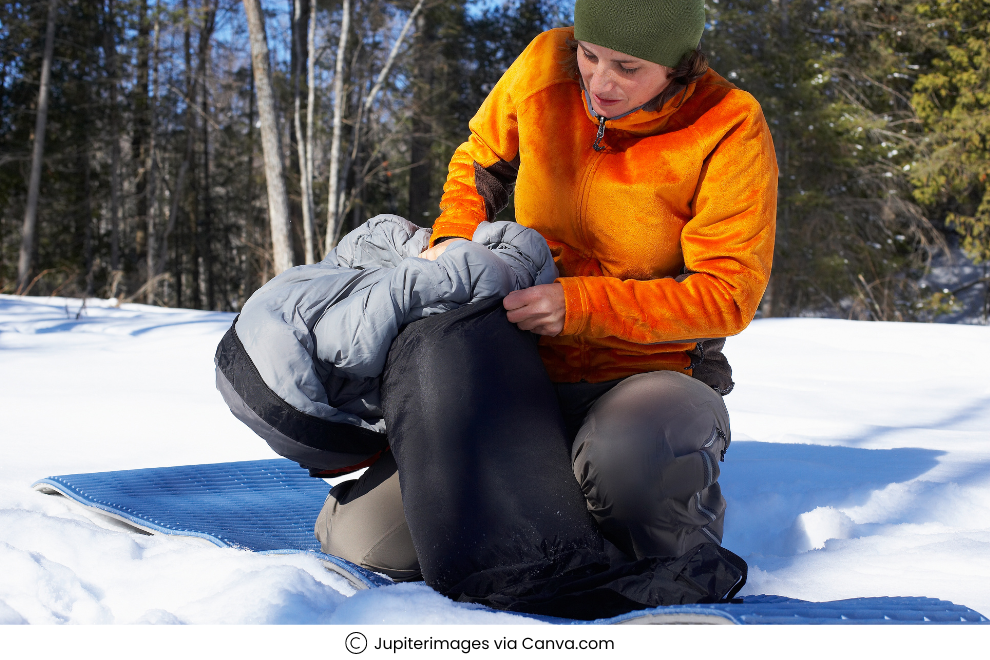
In order to stay warm in the Arctic's harsh climate, people traditionally rely on clothing made from animal hides and furs. Parkas, boots, and mittens made from caribou or seal skin are common. Most houses and community centres have modern insulation materials and heating systems to keep warm.
11. What kind of animals live in the Arctic?
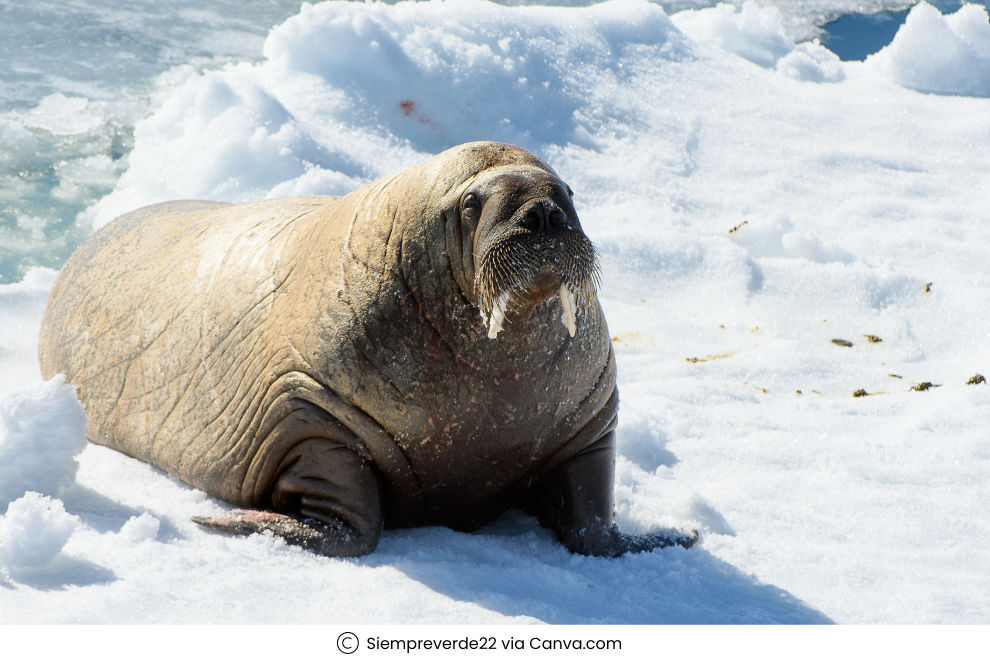
There are a variety of animals that call the Arctic home, including polar bears, Arctic foxes, wolves, musk oxen, reindeer, and walruses. Marine mammals such as seals, whales, and walruses also thrive in the Arctic Ocean. Read our article on animals that love the cold here.
12. What is the Arctic tundra?
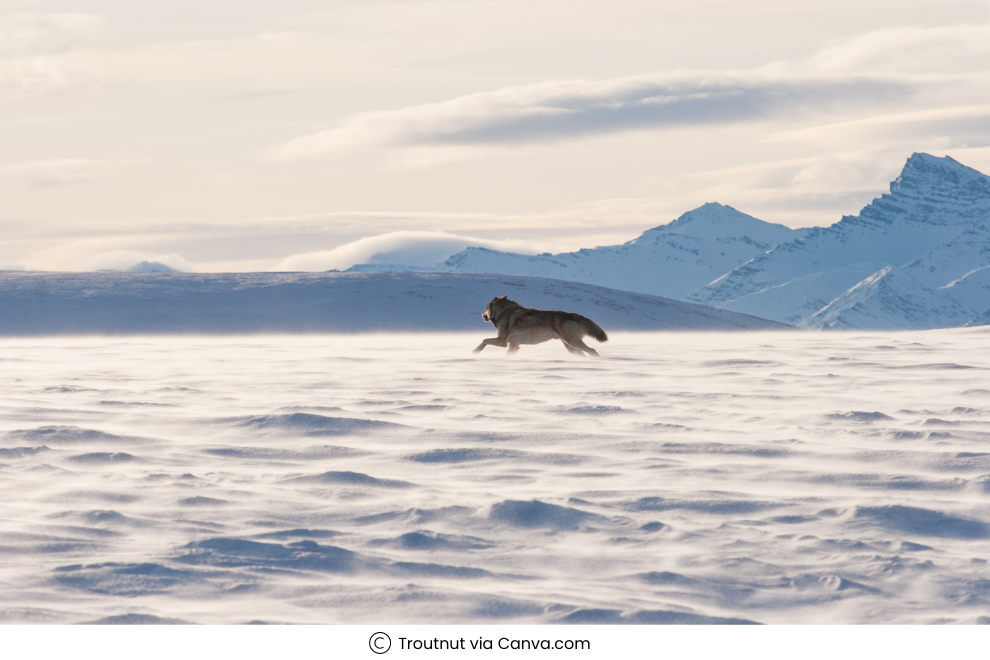
The Arctic tundra is a cold, treeless plain that covers much of the Arctic region. It is characterised by permafrost (permanently frozen ground) and a short growing season, with only mosses, lichens, and a few hardy plants such as willows and dwarf shrubs able to survive.
13. What kind of adventure activities can I do in the Arctic?
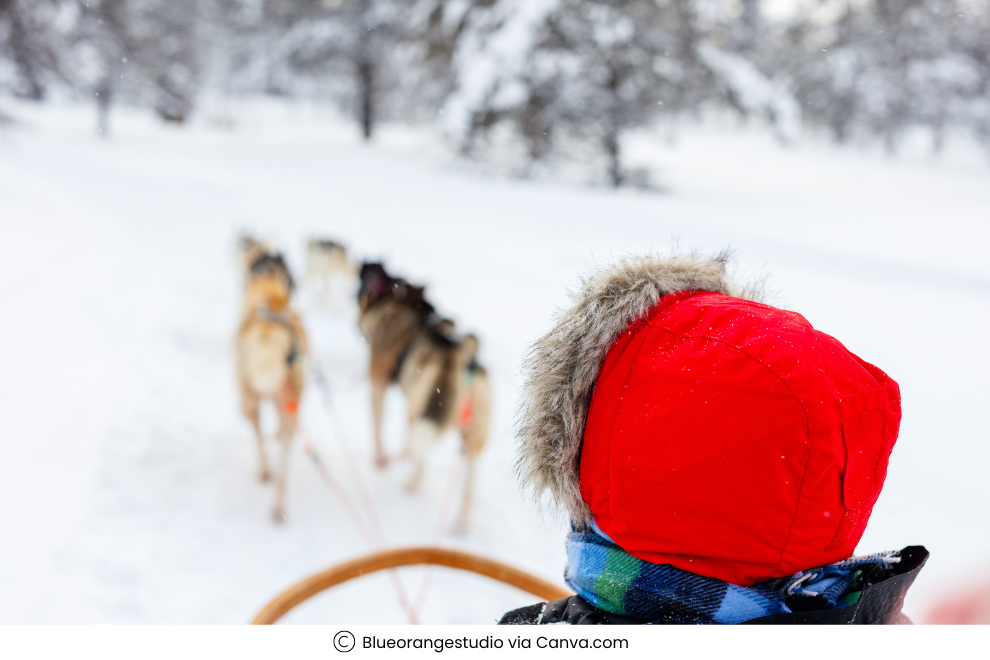
The Arctic offers a wide range of activities, including hiking, fishing, wildlife viewing, dog sledding, skiing, and snowmobiling. Depending on the time of year, you may also be able to see the Northern Lights or experience the Midnight Sun.
14. What kind of accommodation is available in the Arctic?
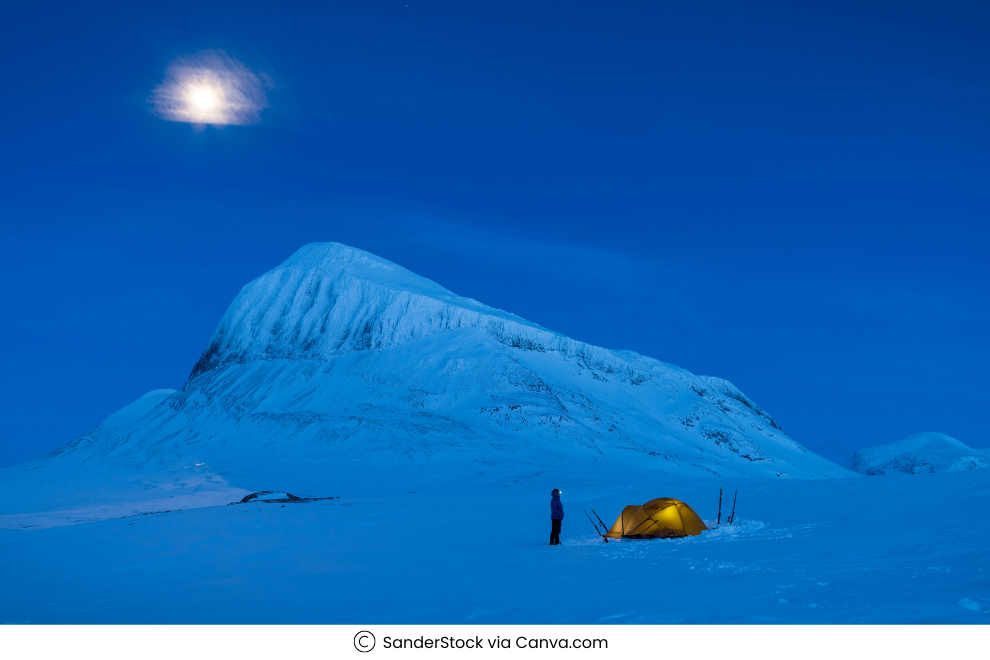
Accommodation in the Arctic can range from basic camping to luxury lodges. Some popular destinations, such as Iceland and Norway, offer a variety of hotels and guesthouses. In more remote areas, accommodation options may be limited to wilderness cabins or tents.
15. Can I travel to the Arctic on my own?
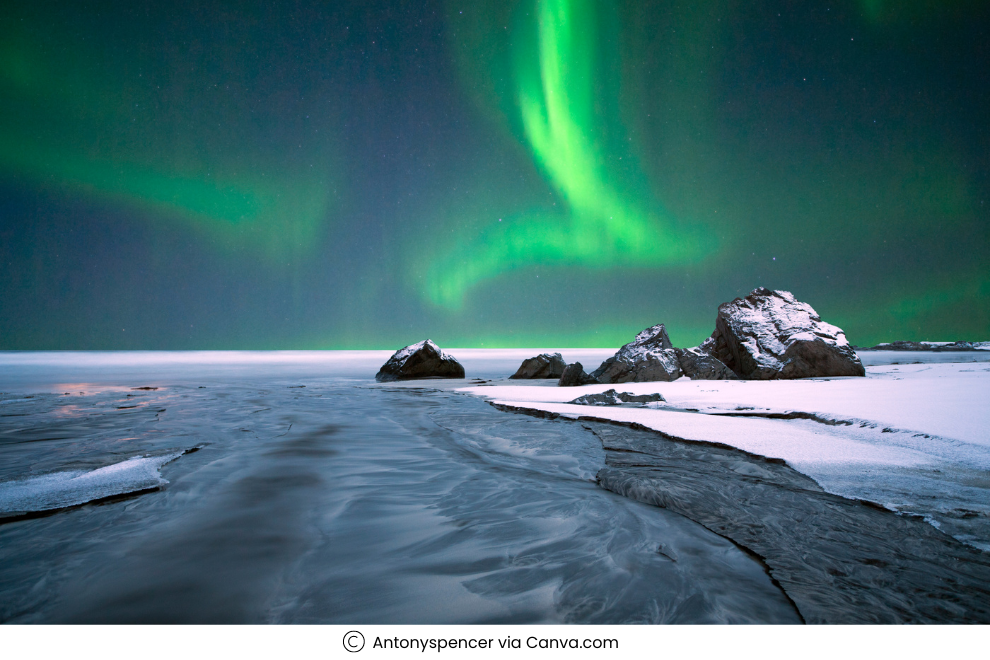
While it is possible to travel to some parts of the Arctic on your own, it is generally recommended to go with a tour operator or guide who knows the area, especially if you are planning to visit remote areas or go on activities such as dog sledding or ice climbing.
16. Can I see polar bears in the Arctic?
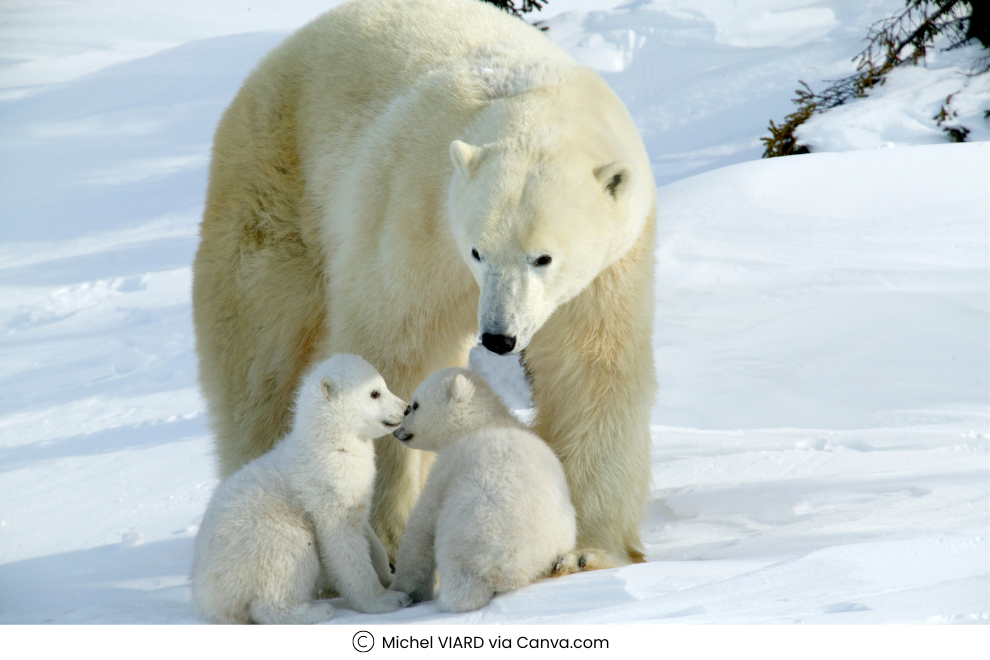
The chance of seeing polar bears in the Arctic depends on the destination and time of year. Some popular areas for polar bear viewing include Svalbard, Canada's Hudson Bay, and the Russian Arctic.
If you ask us, travelling to the Arctic is an unforgettable adventure, but it's important to be prepared for the unique challenges it poses. Hope our guide helped you with the basics! If you want to know more about the Arctic and the places you can visit, drop us a line or comment below!Ready to embark on your next adventure? Fill out the form below and let our experts curate your dream getaway!
All Fields are mandatory*
